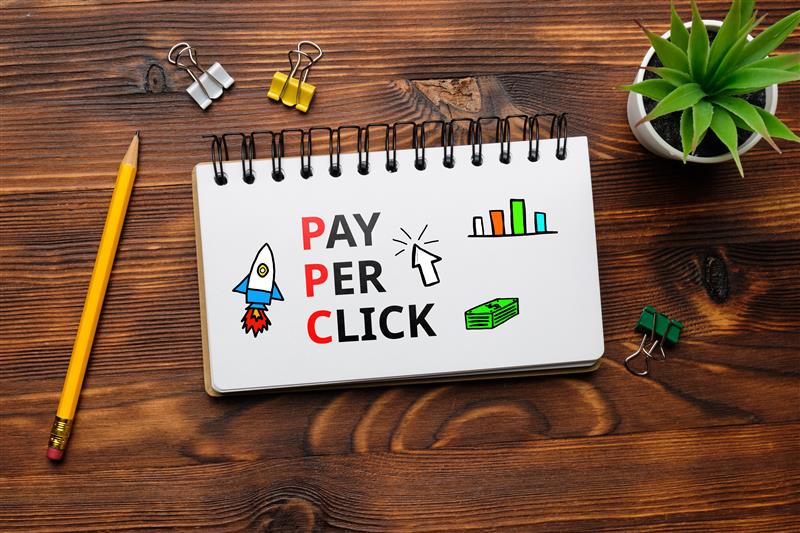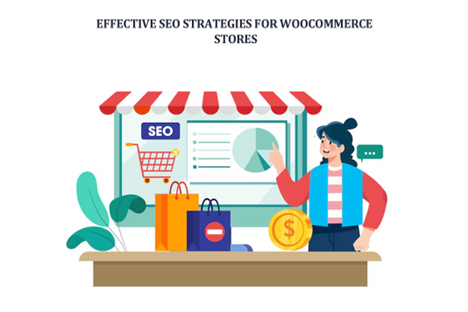
The way of exploring colleges and courses has changed due to the evolution of digital technology. Students and parents do online research to find appropriate courses. Capitalising on this situation, educational institutions use PPC campaigns to draw their attention. PPC campaigns created effectively get instant visibility at the top of the search engine or social media, which can bring more inquiries and enrolments.
What is a PPC Campaign?
PPC campaigns are a transformative approach to bring new leads to a business. These are creative ads that appear at the top of search engines or social media networks. The ad publisher receives payment from the advertiser each time an intended user clicks on the ad. These ads are created with target keywords to reach the intended audience. Only by having a defined goal can businesses achieve their desired goal through these PPC ads.
Recent studies conducted in ads say that more than 60% of marketers aim to expand their PPC budget. It was noted that a popular fashion brand that used influencer-based PPC campaigns on the social media platform called Instagram has increased its monthly revenue by 30%. These facts highlight the importance of PPC in business.
A Diploma in Digital Marketing course will offer you thorough knowledge in creating high-paying ads by covering components like keyword research and ad campaign setup. In this blog, you will learn about PPC and case studies of PPC campaigns that led to successful course enrollments.
Why Educational Institutes Use PPC Campaigns?
PPC campaigns are worthwhile in the educational sector as they can target a specific group of audience who are looking for suitable courses and institutes for higher studies. Through PPC campaigns, institutes can measure their performance and adjust the budget accordingly. The main benefits that educational institutes gain from PPC are mentioned below.
- Targeted audience
- Immediate visibility
- Measurable results
The above-stated facts don’t make organic methods like SEO and social media marketing less valuable. Both PPC and organic methods should be incorporated to achieve sustainable results for the educational sector. When SEO brings stable results, they are cost-effective and take some time to produce the results. PPC, on the other hand, brings immediate results and is geared towards a specific group with relevant keywords.
Case Studies – Successful PPC
The nature of the educational sector distinguishes the way PPC works for universities or course enrollments from that of other industries like healthcare and retail. Let’s walk through some success stories of PPC campaigns created for course enrollments.
Case Study 1: Increasing Student Enrollment
One of the UAE’s top trusted universities with brand trust wanted to raise student enrollment for its new MBA course. By setting a clear goal of increasing qualified leads and driving more enrollments, the marketing team initiated a campaign of paid ads.
Plan:
The prime target was mid-career professionals like data scientists and software engineers who are looking for promotion. The ads created outlined the program’s self-paced online education and framed its advantages, like the professional growth offers.
Methods:
The team used Google Ads and created multiple landing pages, and performed A/B testing to find out which design and message had the best performance. The ads were made highly relevant to the target audience by using dynamic keyword insertion, the method of inserting the user’s search term into the ad copy.
Outcomes:
The campaign achieved excellent results as below.
- Qualified lead volume surged by 45%
- The Cost Per Lead (CPL) reduced to 30%
The above method, personalised for the targeted audience, improved the quality of leads. It ensured that committed candidates who were more likely to enrol on the course were engaged with the university. For instance, an ad headline saying, “Advance Your Career with a Flexible Online MBA’ leading to a landing page with success stories and advantages of the program, brings serious candidates.
This case study shows how A/B testing and personalised ads can bring more clicks.
Case Study 2: Promoting Enrollment in a Short-Tech Program
This case study is about a bootcamp looking to increase enrollment with visual ads for its upcoming short-term summer program. Since it is heavily competitive, as there are several other tech courses, unique ads have to be created to target techies.
Plan:
The marketing team planned to create compelling visual ads on social media. It focused on mid-career professionals and students who are looking to gain knowledge in their respective domains, like technology and coding. It was highly challenging as it was a really short period of time to attract youngsters to the program.
Methods:
The team used short video testimonies from the previous students who are successful in their careers with good roles in technology. The ad used urgency-driven messages like ‘limited seats available’ to create immediate action. Also, they retargeted users who once interacted but failed to enrol. The ad focused on the course’s advantages and the professional prospects it offers.
A 15-second testimonial video published on YouTube and Facebook, with the message, “Summer Seats Filling Fast,” brought impressive outcomes.
Outcomes:
- The creative idea increased enrollment within three weeks by 60%.
- The video ads had strong engagement with the audience.
- It increased awareness and trust in the program.
The above case study shows the importance of visual storytelling and urgency-based messages (highlighting importance and deadlines) in short-term courses.
Conclusion
PPC campaigns are one of the strategic digital marketing campaigns followed by institutions in course enrollments, as they target the right audience with personalised messages. By incorporating both creative elements, like compelling headlines, and data insights such as search trends and audience behaviour, universities can improve their student pipeline.




More Stories
Effective SEO Strategies for WooCommerce Stores
Why Digital Marketing is Important for Business Growth
2025 Link Building Strategies That Actually Work